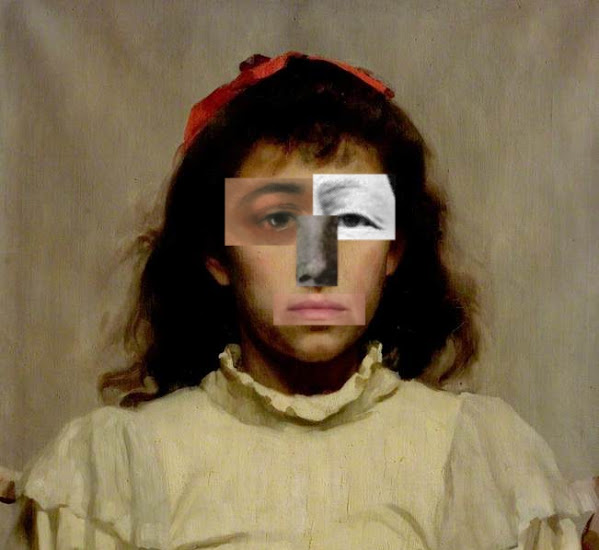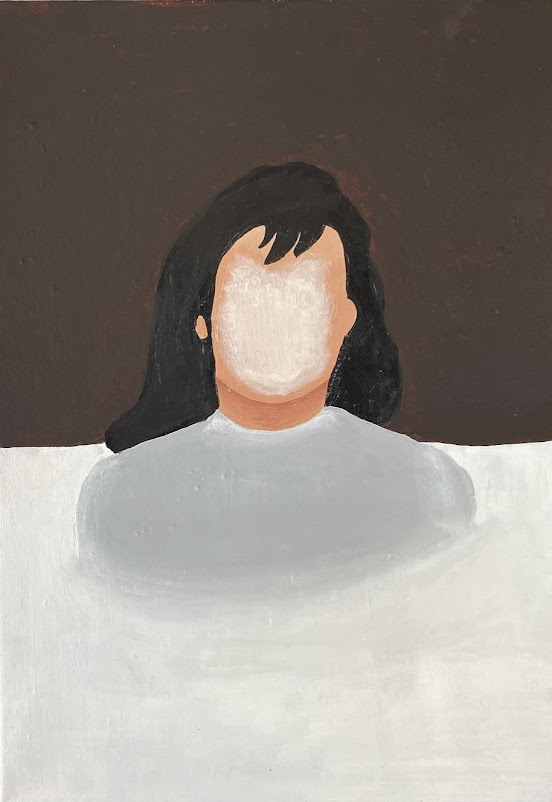A portrait is a painting, photograph, sculpture, or artistic representation of a person, in which the face and its expressions are predominant.
Portrait photography, or portraiture, is a type of photography in which the object is one or more people and aims to convey something about the subject's identity, personality, or story. But before cameras were invented, portraits were painted instead, portraitists may create their work by commission, for public and private persons, or they may be inspired by admiration or affection for the subject. Portraits often serve as important state and family records and remembrance.
However, historically, portrait paintings have primarily memorialised the rich and powerful. Over time, however, it became more common for middle-class patrons to commission portraits of their families and colleagues. Today, portrait paintings are still commissioned by governments, corporations, groups, clubs, and individuals. In addition to painting, portraits can be made in other media such as prints, photography and digital media.
Portraiture is an important art discipline and adds value to the arts in general, as its primary focus is generally on the human subject. Great artists can capture the personality, face, expression, and even the inner essence of the person through the portrait, by being well-versed in anatomy and light placement, as well as possessing expertise in capturing emotions; all factors which lead to a complete and successful portrait.
I am focusing on the identity aspect, and how the absence of details of the face can lead us to think of who this being could potentially be, and how a person making art is more authentic than an artificial intelligence (AI).
A piece of art created by a person can be copyrighted, thus meaning the legal right of the owner of intellectual property. This means that the original creators of products and anyone they give authorization to are the only ones with the exclusive right to reproduce the work.
--
An artist that has interested me in this topic is Charming Baker. Born in Hampshire in 1964, Baker spent much of his early life travelling around the world following his father, a Commando in the British Army. At 12, he and his family finally settled in Ripon, North Yorkshire. Baker left school at 16 and worked various manual jobs. In 1985, after returning to college, he was accepted onto a course at the prestigious Central Saint Martin’s, where he later returned as a lecturer. After graduating, Baker worked for many years as an international commercial artist and developed his personal work.
Although Baker has produced sculptural pieces in a wide and varied choice of materials and many large-scale and detailed drawings, he remains primarily a painter with an interest in narrative and an understanding of the tradition of painting. Known to purposefully damage his work by drilling, cutting and even shooting it, Baker intentionally questions the preciousness of art and the definition of its beauty, adding to the emotive charge of the work he produces. Indeed Edward Lucie-Smith has described Baker’s paintings as having, “something more, a kind of romantic melancholy that is very British. And sometimes the melancholy turns out to have sharp claws. The pictures make you sit up and examine your conscience.”
A certain piece made by Baker that I am drawn to is called Jane Doe, that being a woman who is a party to legal proceedings and whose true name is unknown or withheld, which is a painting of a woman sitting on a chair with one leg over the other, and both arms resting against the chair, all the while her head has been obscured to hide her identity. This aspect has been used in my work as I used obscuring pieces of a person's facial features to make their identity harder to recognise, if not at all.
-


























No comments:
Post a Comment